Endpoints of resuscitation MAP: > or = 65 mmHg Urine output: > 0.5 ml/kg/hr; despite ↓RBF (Renal Blood Flow) it can be normal due to – Atrial natriuretic factor are elevated in sepsis Hypoproteinemia in sepsis – low plasma colloid osmotic pressure is less able to facilitate oncotic reabsorption. CVP:…
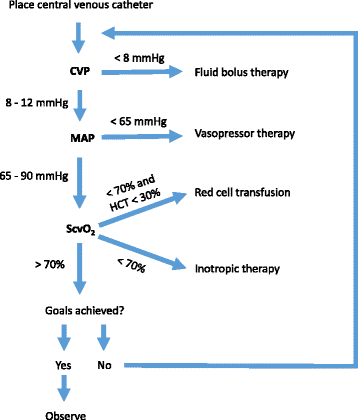
Is there no role of Early Goal Directed Therapy (EGDT) in Sepsis and Septic shock?
International Surviving Sepsis Campaign has recommended Early Goal Directed Therapy for the management of severe sepsis and septic shock. Recently, three large multicenter studies – the ProCESS (Protocolized Care for Early Septic Shock), ARISE (Australasian Resuscitation In Sepsis Evaluation), and ProMISe (Protocolized Management In Sepsis) demonstrated no difference in the…
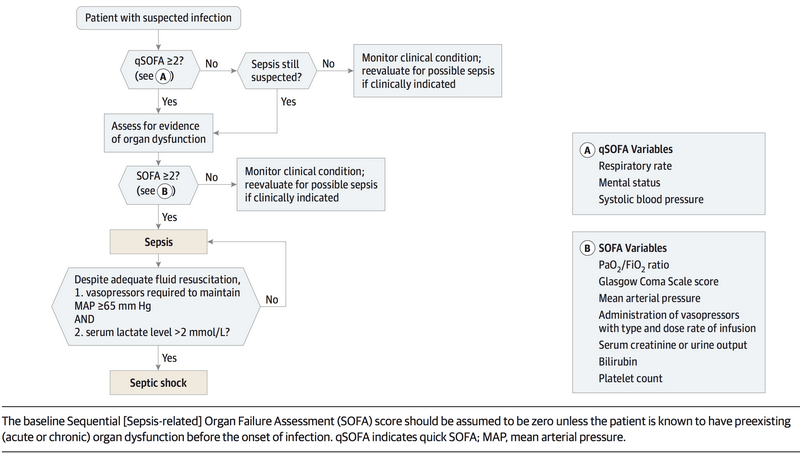
Understanding New Definition of Sepsis (Sepsis-3)
The Sepsis-2 definition used SIRS criteria and the term “Severe sepsis” which has been recently eliminated by the Sepsis-3. The new sepsis definitions recommend using a change in baseline of the total SOFA score of two or more points to represent organ dysfunction. New Definition of Sepsis and Septic Shock…

Postpartum Eclampsia : Case Discussion
History 23yrs/F non-diabetic, non-hypertensive, non-smoker, non-alcoholic primigravida was admitted to Obstetric ward on with the chief complaints of: Cessation of menstruation X 9 months Decreased fetal movement X 6 hours LMP 2072/04/12 EDD 2073/01/19 GA 41 WOG Examination
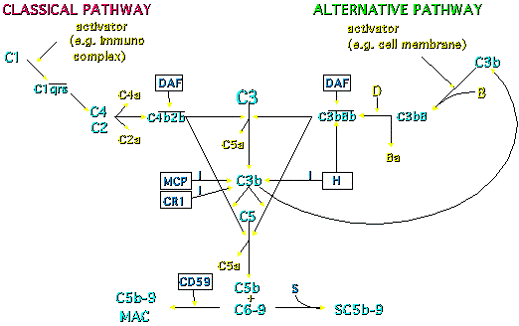
Complement Pathway – Explained
The complement system is composed of about 20 different proteins released into the blood after production in the liver. They interact in coordinated and regulated way to produce biologically active protein products. ACTIVATION OF COMPLEMENT CASCADE The complement cascade can be activated in 3 ways: C3 and C3 CONVERTASE All of…
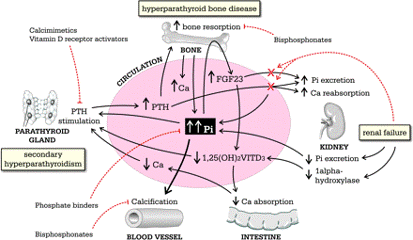
Complications of Long Term Dialysis
A) Cardiovascular complications 1. Exacerbation or Precipitation of CHF – Voluminous AV Fistula AV shunting → Decreased TPR → BP fall → Sympathetic stimulation & RAAS activation → Ventricular remodeling → Heart failure Several studies have investigated the cut-off fistula access flow that is associated with a higher risk of high-output cardiac failure, with results ranging…
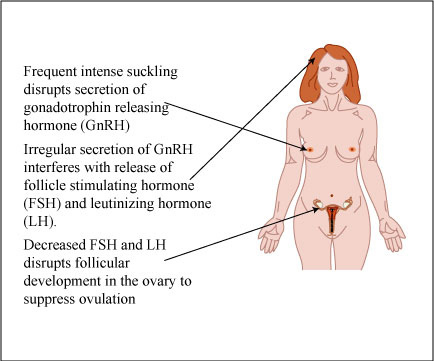
Management of Puerperium
Normal puerperium has been already discussed earlier here. A) Immediately after labor within 1 hour Blood pressure and heart rate atleast every 15 minutes Monitor amount of vaginal bleeding Palpate fundus to ensure amount adequate contractions (if relaxed – massage uterus to enhance oxytocin release) B) 1st several hours 1….
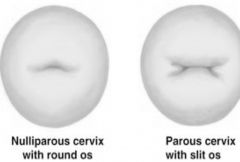
Normal Puerperium Made Simple
Definition of Puerperium: Period following childbirth during which the body tissues, specially the pelvic organs involute i.e. revert back approximately to the pre-pregnant state both anatomically and physiologically – and lasts 6 weeks or 42 days. Immediate: Within 24 hours of childbirth Early: Within 7 days of childbirth Remote: Within…
